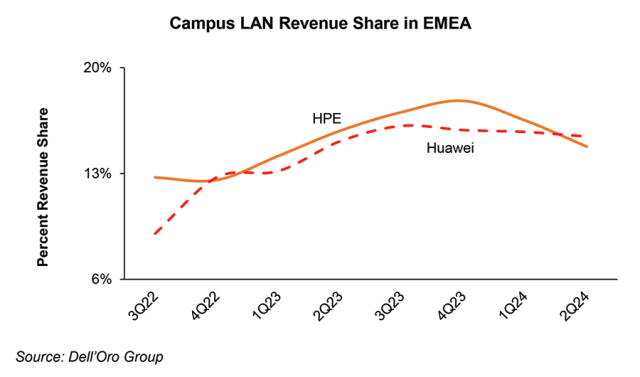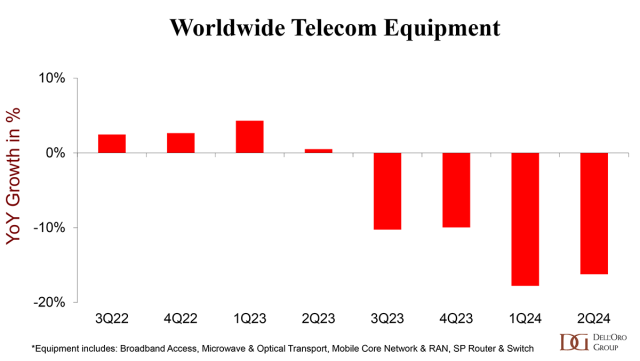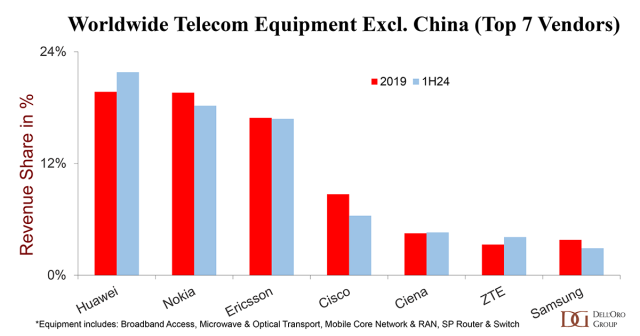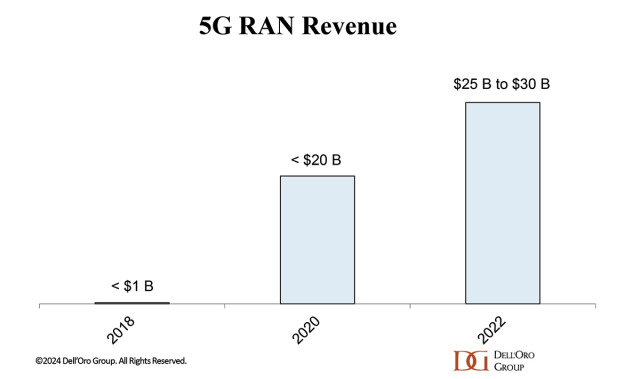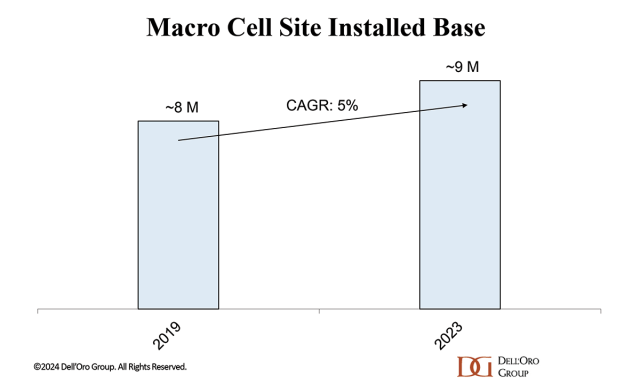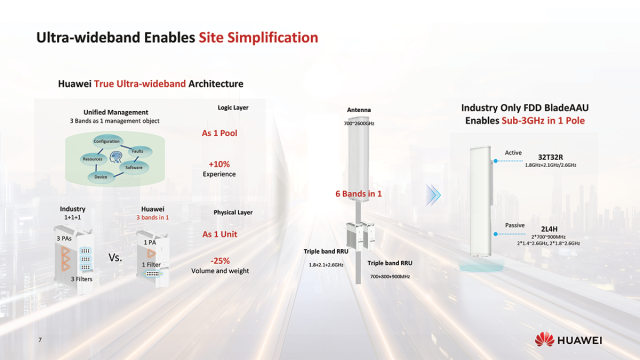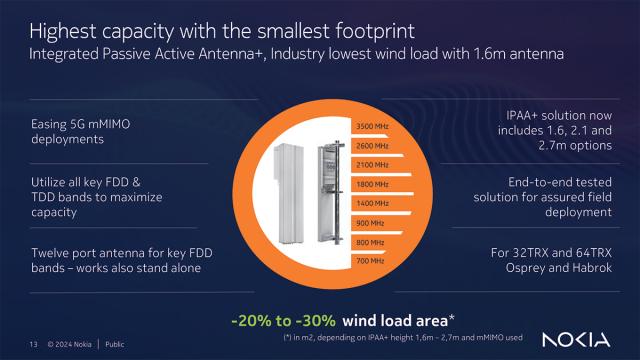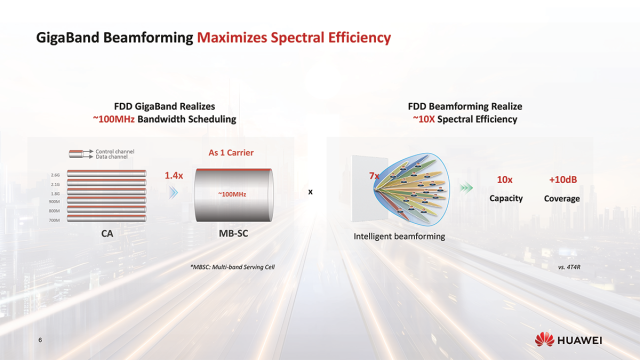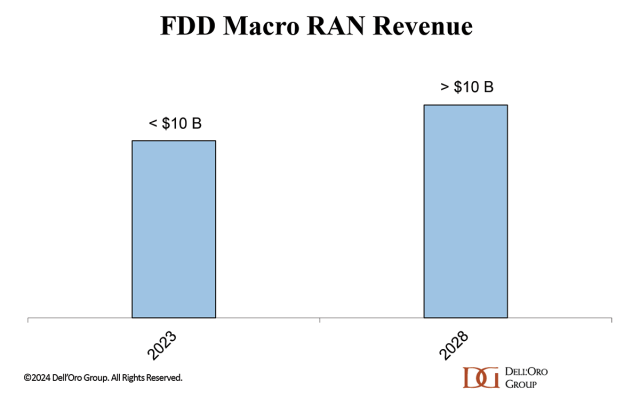At this week’s SCTE Tech Expo Event in Atlanta, executives from Broadcom, Charter Communications, and Comcast officially opened up access to a unified DOCSIS 4.0 chipset to all interested cable operators and vendors. Previously, the unified silicon had been limited to those operators willing to pay to join a JDA (Joint Development Agreement) with Broadcom, allowing them first access to the chips and the ability to offer them to their CPE, node, RPD, and amplifier suppliers. In addition to Charter and Comcast, that group included Cox Communications, Liberty Global, and Rogers Communications.
The announcement comes a full year after Comcast and Broadcom announced they were collaborating on a unified approach that could support both flavors of DOCSIS 4.0—Comcast’s preferred Full Duplex (FDX) variant and most other tier 1 operators’ preferred Extended Spectrum DOCSIS (ESD) version.
The hope of the unification effort and the announcement of more widespread availability is that the bifurcation in the industry will end and that more cable operators who have been on the fence about moving to DOCSIS 4.0 will feel compelled to move forward now that they have the flexibility of accessing both versions.
But is this really going to happen? Will the operators who were locked out of the exclusive tier 1 JDAs scrap the network evolution strategies they developed as an alternative to DOCSIS 4.0, just because Broadcom and its key operator customers have finally decided to hand over the keys? Further, which operators would actually consider running both versions of DOCSIS 4.0 in their networks, especially when ESD requires amplifier upgrades to 1.8GHz, while Full Duplex does not?
The Reality of DOCSIS Implementation
The answer to the last question is none. The flexibility to support both variants with a single piece of silicon sounds elegant in theory. But in reality, the likelihood of an operator delivering Full Duplex to select systems and Extended Spectrum to other systems is slim to none. That is just as true for the non-JDA operators as well as for the tier 1 operators who have been part of the JDA from its inception.
For a large majority of operators who were not part of the JDA, the DOCSIS 4.0 ship has sailed. The path forward for them is to continue maximizing DOCSIS 3.1 through mid- and high-split upgrades, coupled with a transition to DAA to improve overall signal quality and throughput. This also includes re-purposing spectrum previously used for QAM video via a transition to IP video. These operators will be the first to deploy DOCSIS 3.1 Plus, using the extra OFDM channels of DOCSIS 4.0 modems alongside simple software upgrades to their centralized CCAP platforms or by the deployment of vCMTS platforms. These upgrades will allow operators to deliver downstream speeds of 8 Gbps and upstream speeds of 1.5 Gbps—very competitive with the vast majority of ISP fiber offerings. Also, by layering on Low Latency DOCSIS (LLD), operators can significantly drop their latency to 5 milliseconds, surpassing what most fiber-based ISPs can deliver today.
And in those systems where there is a likely threat of a fiber overbuilder coming in to disrupt their market, cable operators are responding with fiber themselves, using 10G EPON, XGS-PON, and, in some cases, 25GS-PON to protect their serving areas and subscriber base.
These strategies were developed as a way to respond quickly to competitive threats. Between the rise of fiber ISPs, open access fiber networks, and MNO fixed wireless services, these cable operators had to evolve their networks to remain competitive without having initial access to the unified DOCSIS 4.0 silicon. Just because they now have access to the silicon will not result in a deviation from a network evolution strategy that has been signed off on by the senior leadership teams of many cable operators. Unifying the two technologies of DOCSIS 4.0 into a single piece of silicon is, for many operators, simply too little, too late.
Frustration over DOCSIS 5.0 Development
Compounding some operators’ (and equipment vendors’) frustration with the DOCSIS 4.0 development process was the follow-on announcement that Broadcom, Charter, and Comcast were collaborating on DOCSIS 5.0, which would push broadband speeds to 25 Gbps via spectrum extension in the outside plant to 3 GHz, easily doubling and even tripling the spectrum in many current generation networks. Though the three companies said that they plan to lead an effort to develop specifications for the entire industry, some have noted their frustration that the work has been done outside the normal process of working through SCTE and CableLabs first.
For many operators, both large and small, the bifurcation of the DOCSIS 4.0 technologies reflected a go-it-alone mentality among the major tier 1 operators, which had not existed in the development of previous generations of DOCSIS. The announcement of DOCSIS 5 with chips being demonstrated at the show simply reinforced concerns that the evolution of DOCSIS won’t be determined by the collaboration of the industry as a whole, but rather by Broadcom, Charter, and Comcast.
It is possible that Broadcom’s motive in accelerating the availability of a 3Ghz-capable unified chip is to pre-empt efforts by upstarts such as Air5, which is developing products that fuse 5G and DOCSIS networks and, simultaneously, opening up the shrinking DOCSIS component ecosystem to suppliers in the RAN and mobility sectors. With Qualcomm rumored to be exploring an acquisition of Intel combined with Air5’s proposed solution, Broadcom might be feeling some heat in a market segment it has dominated for quite some time. Hence, the desire to define the next upgrade cycle and secure operator consent now.
Challenges of Upgrading to 3 GHz
But pushing the outside plant to 3GHz is a monumental and costly effort. New amplifiers would need to be added and existing amplifiers re-spaced in order to deal with higher dB loss along the cascades. Similar issues have been dealt with in the past through innovative developments of amplifier components and there will likely be continued innovation to make the 3 GHz upgrade more economically feasible.
It’s worth considering whether any of the major operators planning to upgrade to 1.8 GHz will now forego those upgrades across their footprint and instead wait on 3 GHz amplifiers. When it comes to tap replacement, it seems likely that operators will prefer to deploy 3 GHz versions. However, the situation around amplifiers is far less clear.
Shifting Focus to Fiber
Broadcom, Charter, and Comcast giveth, and they taketh away.
Just when the industry is supposed to have clarity and unity around DOCSIS 4.0, the announcement of DOCSIS 5.0 sends operators (and vendors) back to the drawing board.
Certainly, for the two largest cable operators in the world, getting ahead of the curve is essential, especially after being caught flat-footed by T-Mobile, Verizon, and AT&T with their fixed wireless offerings, that continue to siphon away valuable broadband subscribers. Defining a long-term path forward by maximizing their active plants is critical. It is also important not to underestimate the fact that cable plants are line-powered and hold a distinct advantage over passive plants when it comes to the future deployment of small cells and Wi-Fi hotspots to further the goal of service convergence.
But for many more cable operators whose network evolution today is about maximizing DOCSIS 3.1, the future is clear and it already involves a diverse vendor and component supplier ecosystem. That future is fiber.

